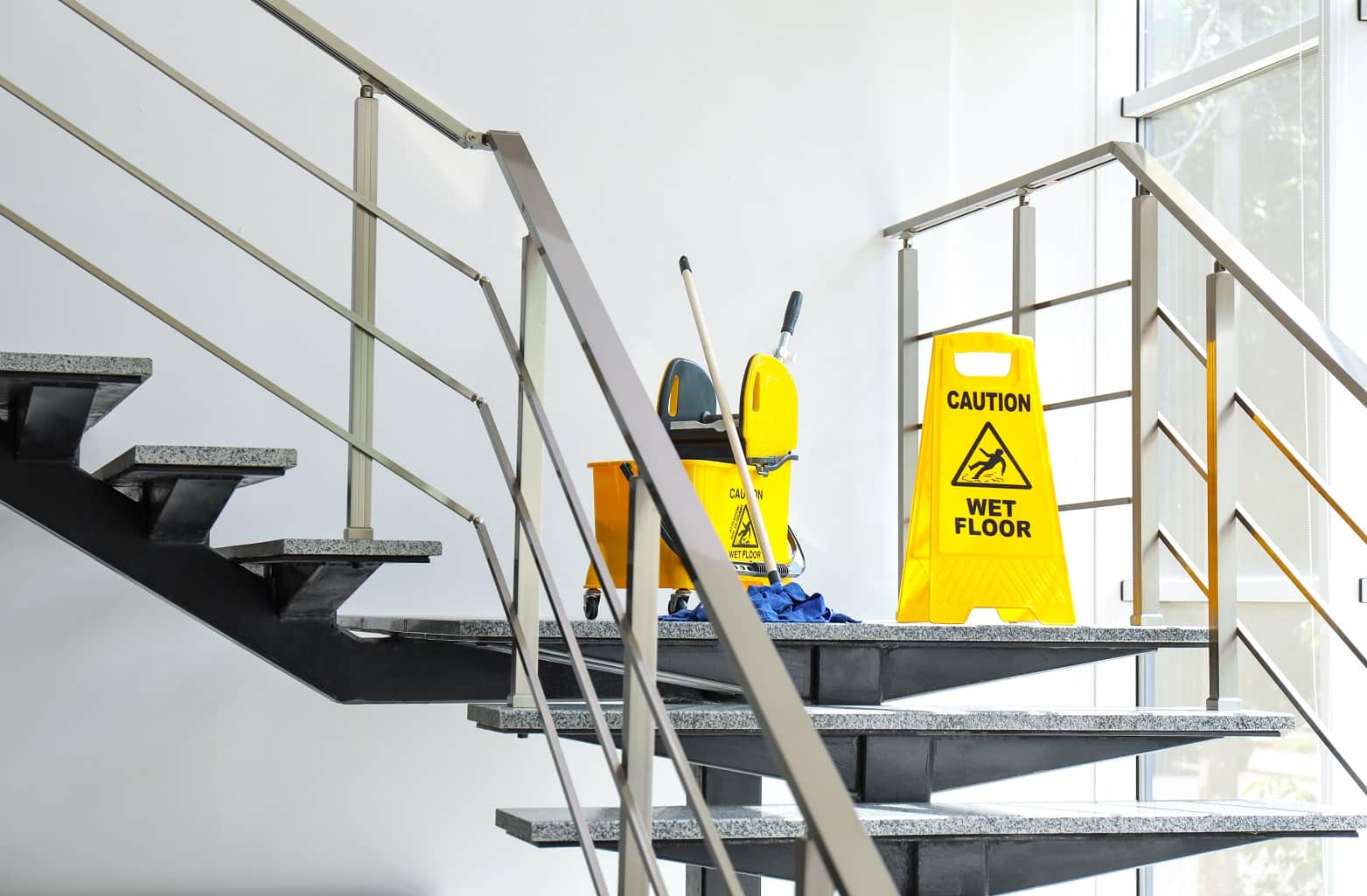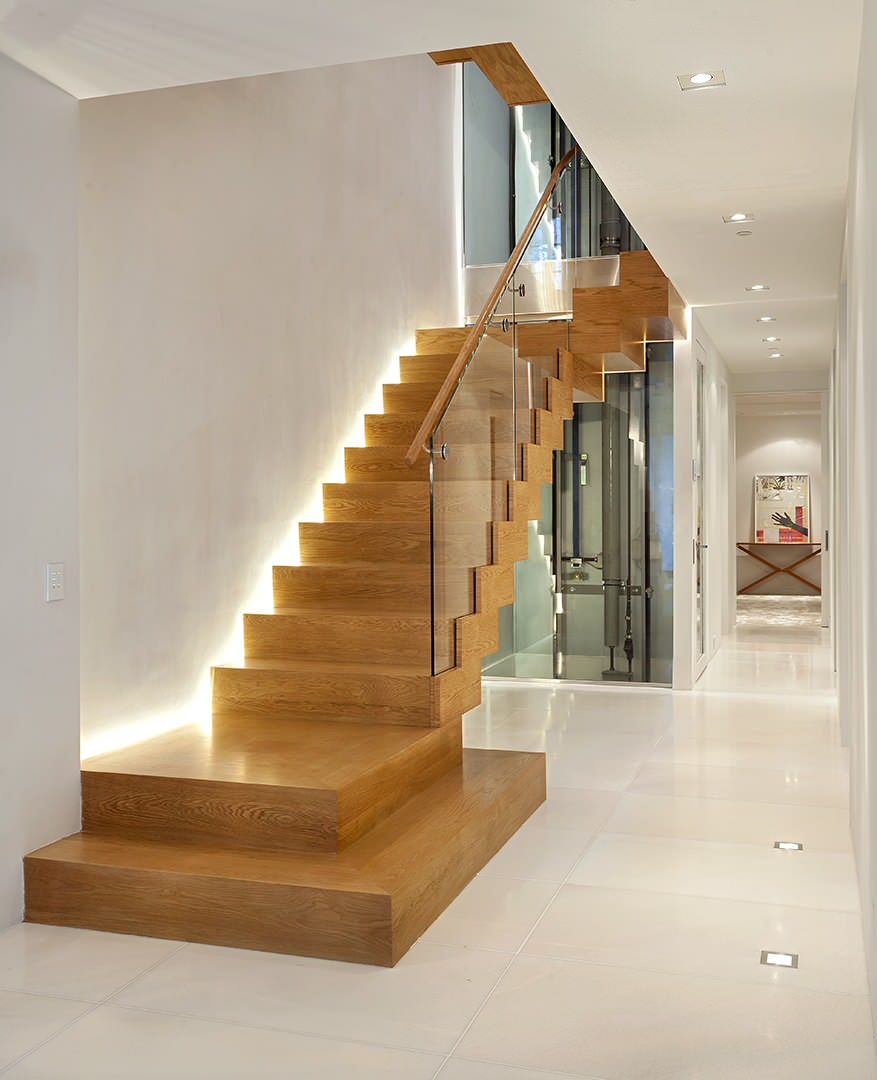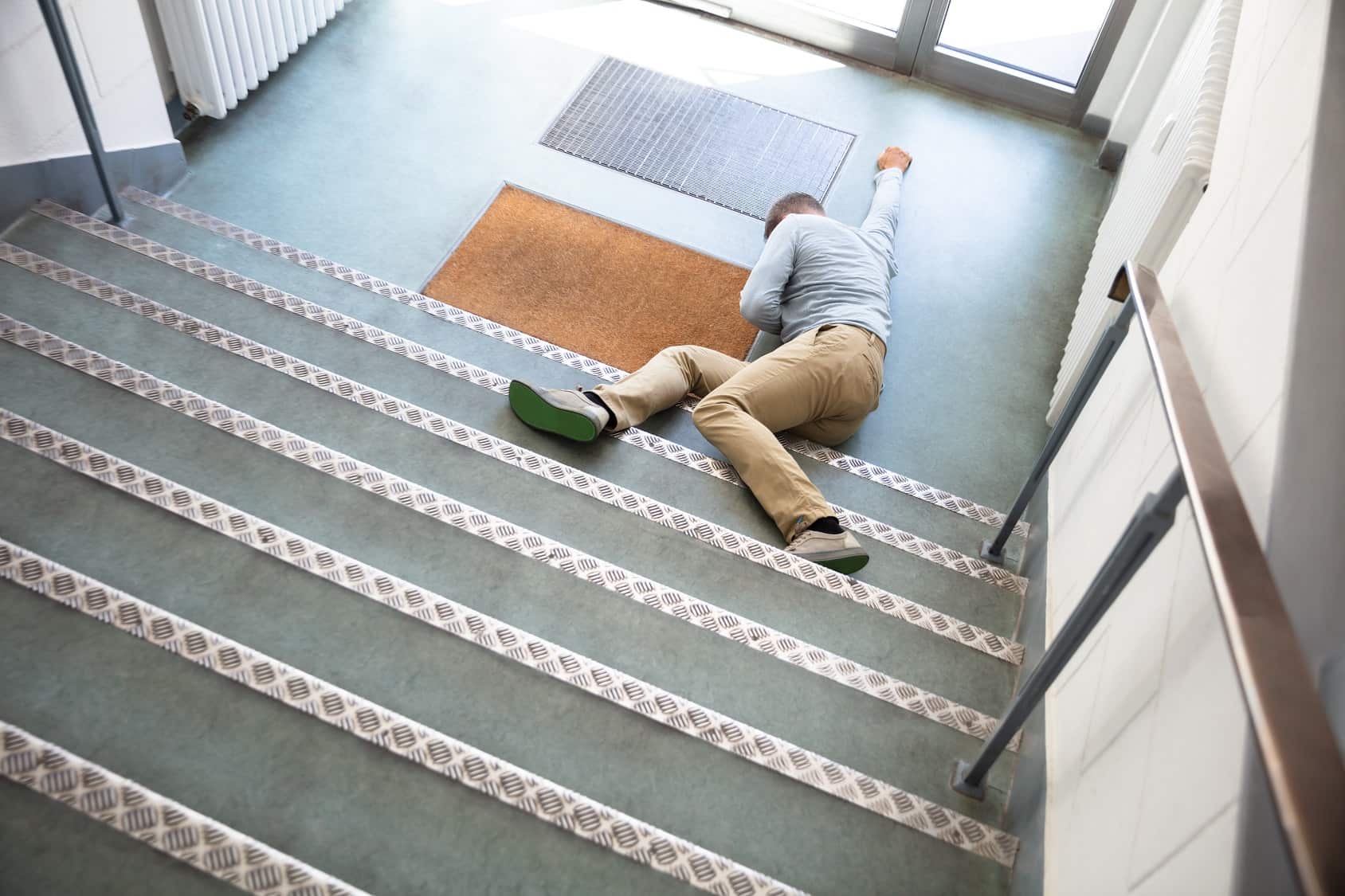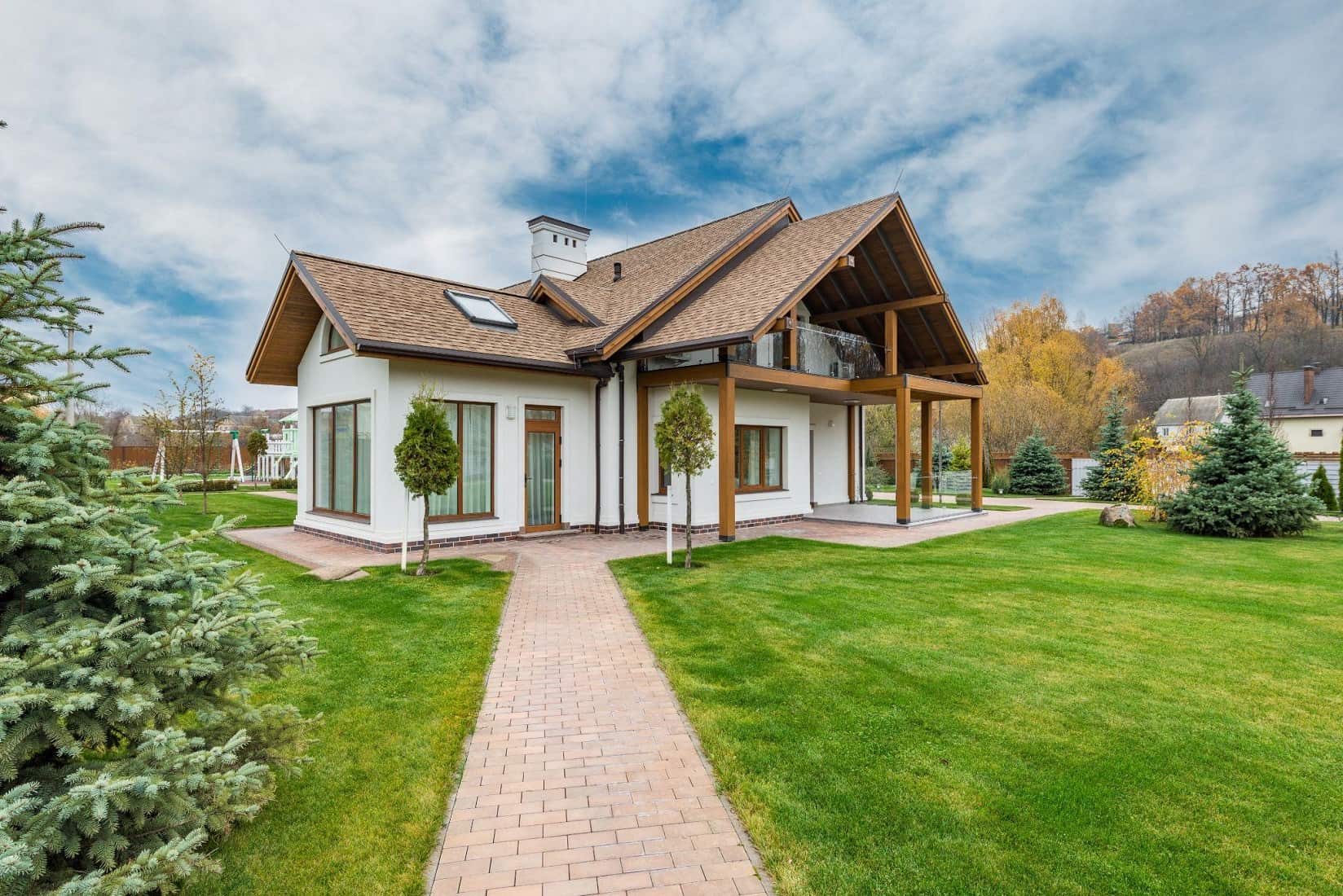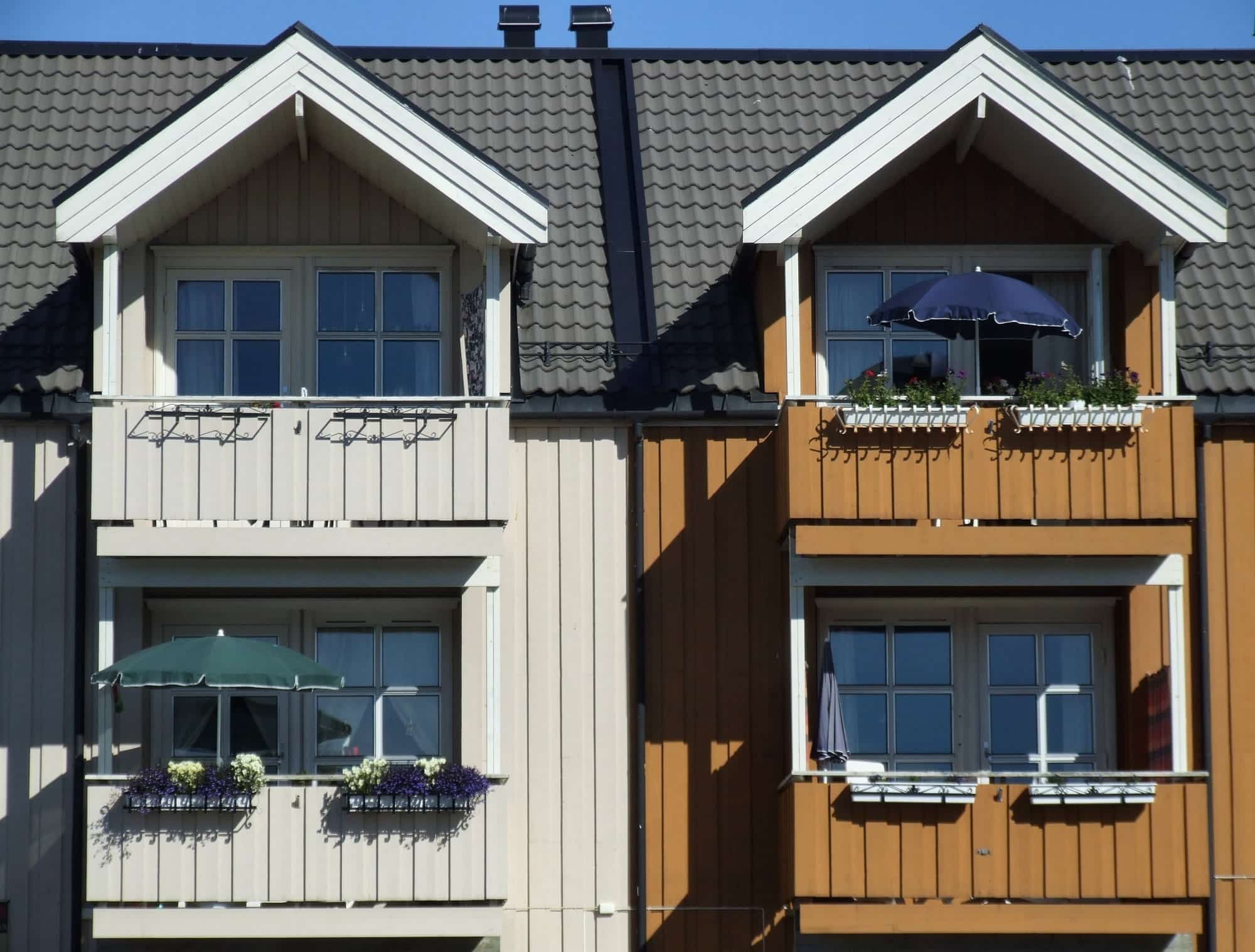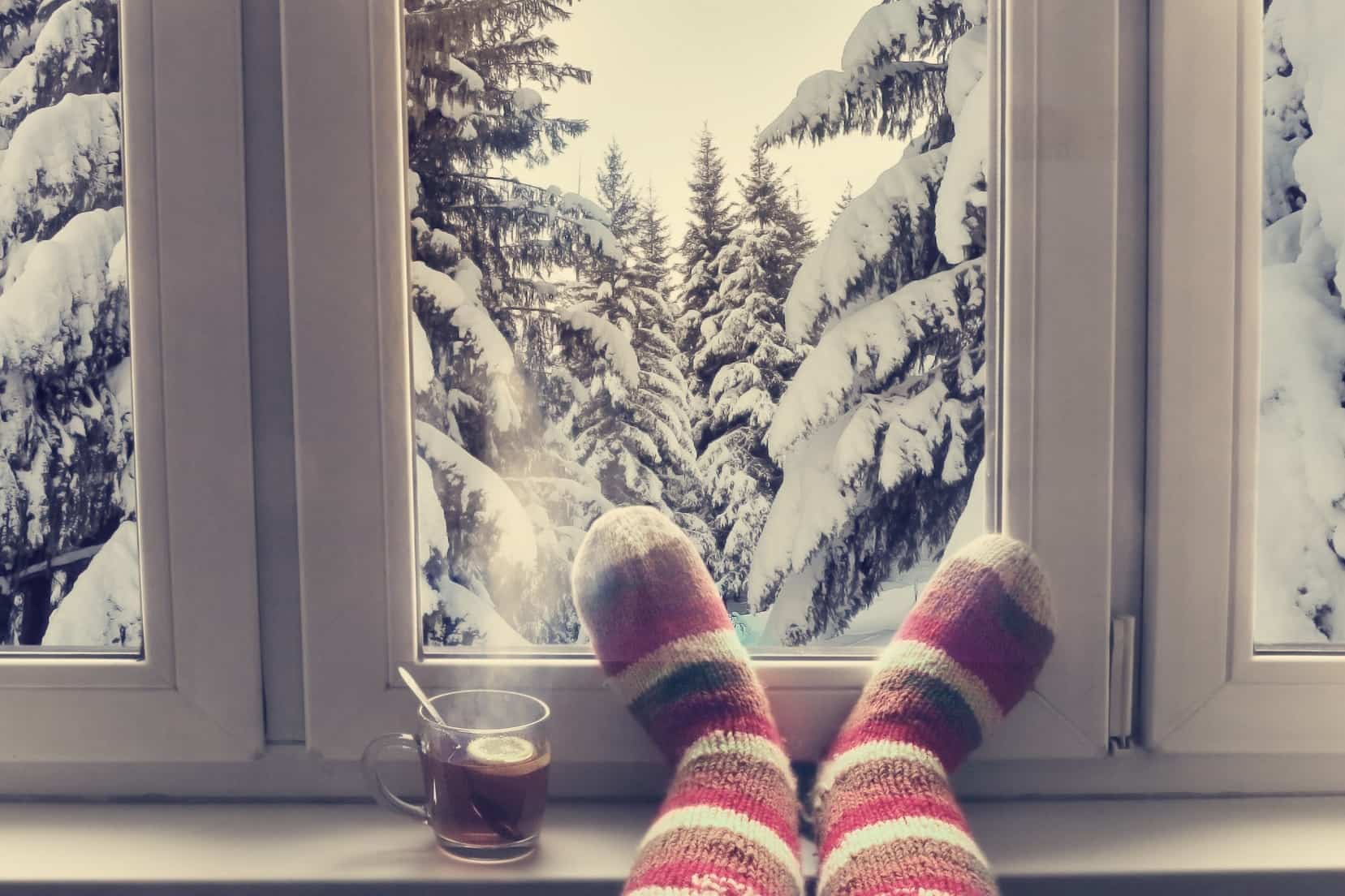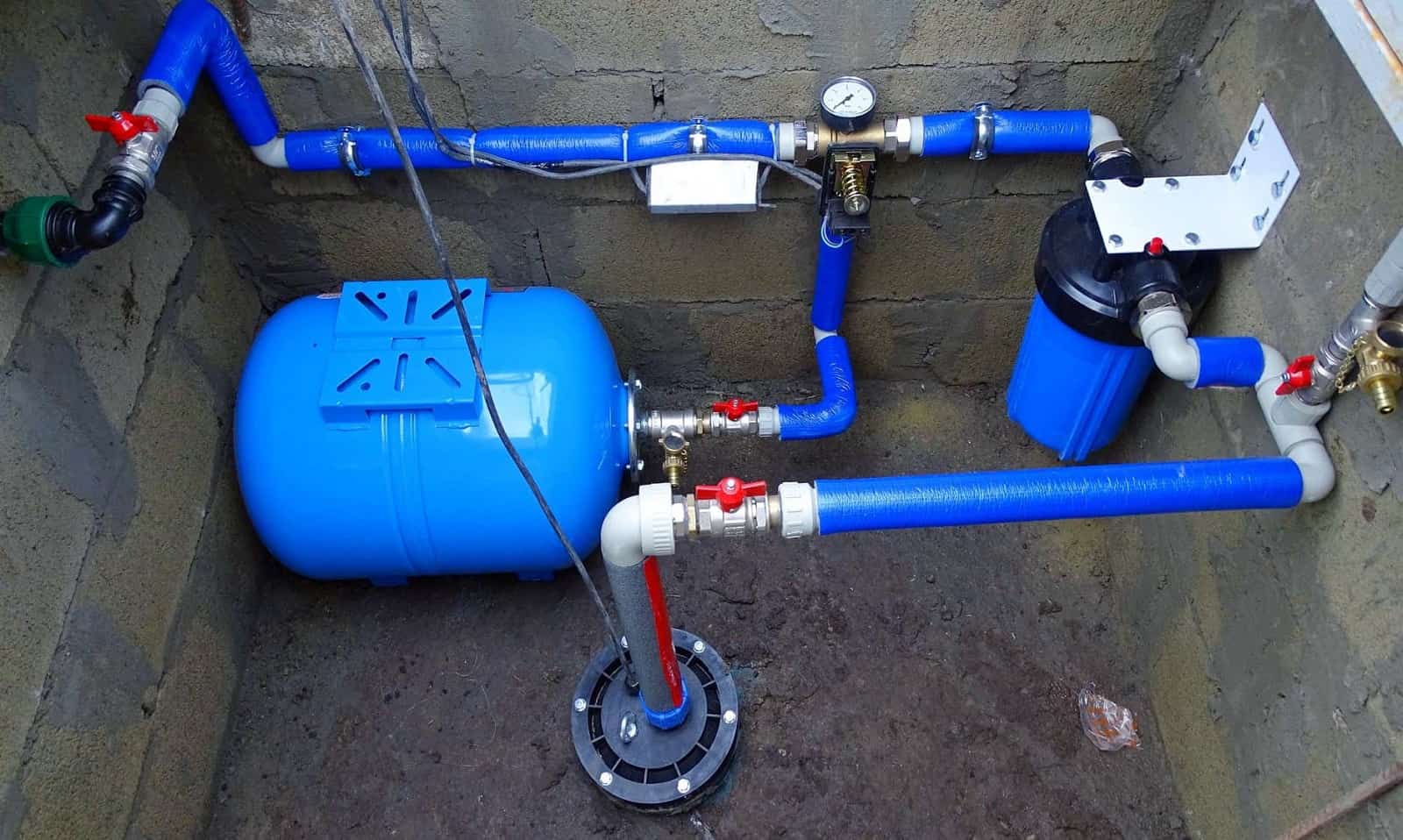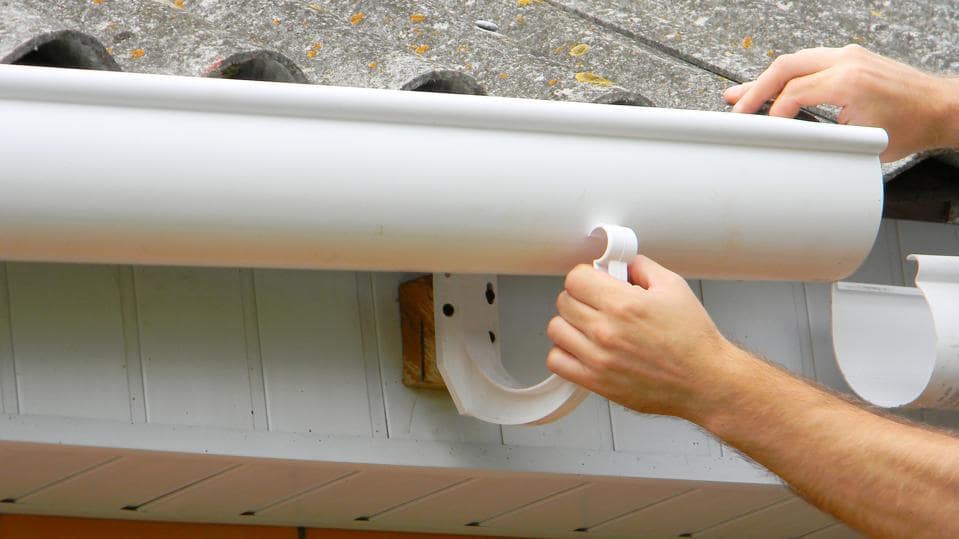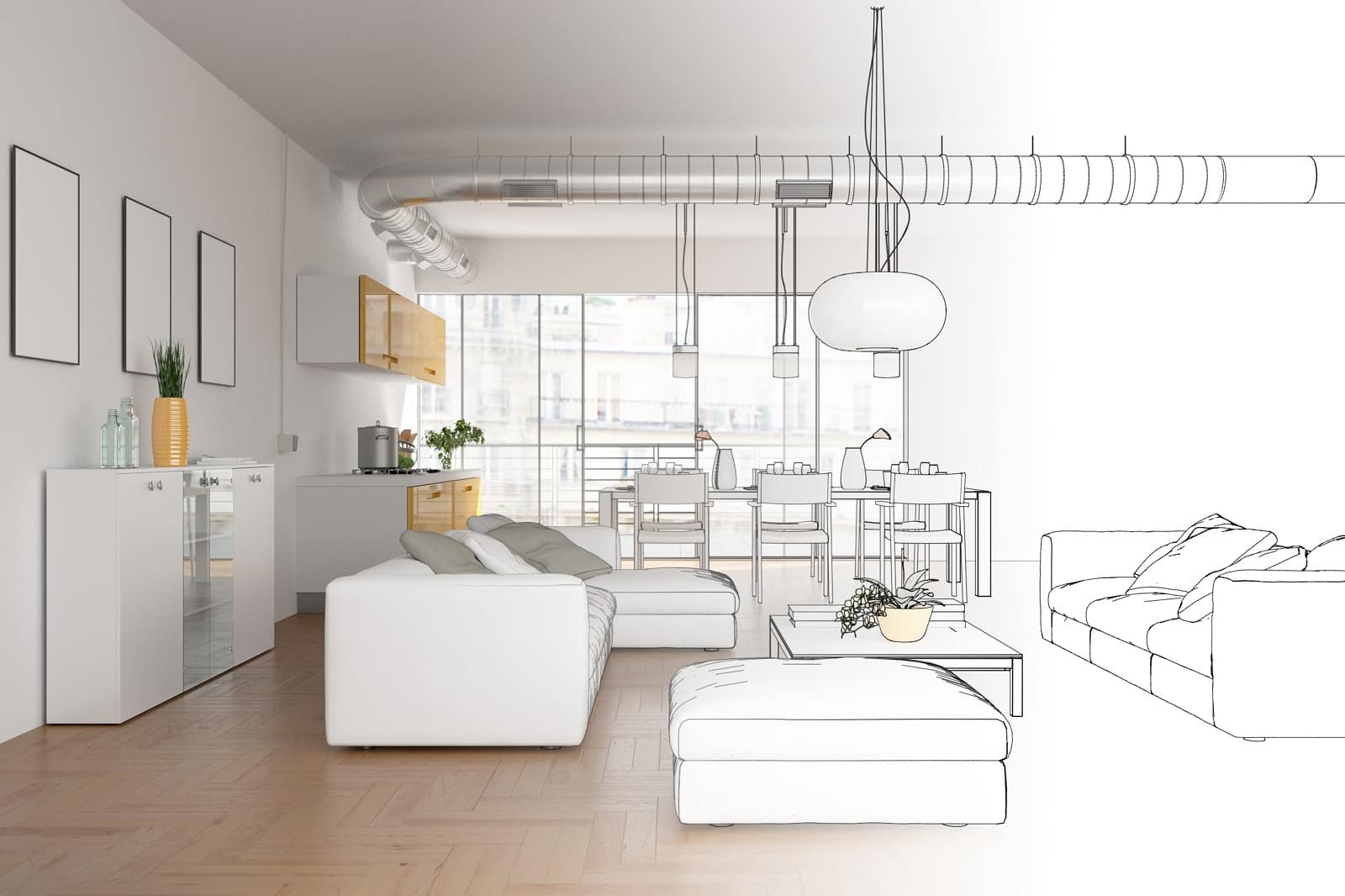Stairs can help you go to other floors of a building structure. However, it’s also one of the reasons why you and other people trip, fall or slip. In worse-case scenarios, one can even sustain irreparable injuries. Moreover, disabled and elderly individuals are more prone to accidents from falling on stairs.
Ensuring Staircase Safety
The need to install and build stairs with strict precautionary measures should be implemented at all times for a quality structure. However, the reason for falling doesn’t always lie in the design of stairs alone. There are multiple factors involved, but incidents could be prevented.
These tips could help you avoid stair-related accidents:
Follow Stair Codes
One of the first things you should consider is to follow uniformity and standard codes of building stairs. Although some countries have stair codes that provide general guidance when installing a staircase, you should strictly comply with it.
You should prioritize consistency as a vital factor during construction and planning to help ensure safety. When constructing a staircase, each step must be uniform with one another. A slight change in height can cause the user to trip or fall over because people using the staircase will have consistent steps throughout.
In some cases, one step lower than the other may cause a fear of falling. The panicked feeling causes the person to react in an unsafe manner, resulting in the person tripping. Hence, you should consider a uniformed staircase.
Some cities and countries have International Building Code (IBC) required for uniform measurements. IBC commercial stair codes make sure establishments like hospitals and medical institutions have shorter steps to lessen the burden of the elderly and sick.
Also, the codes will stipulate specific handrails and measurements. Some will require the use of safety stickers to ensure visibility and traction. In cases where establishments don’t follow building codes or stair codes, the city will immediately instruct a renovation to ensure its citizens’ safety.
Add Lighting
Following proper stair codes is only the beginning to keep your stairs safe. Visibility can eliminate risk in any situation most of the time. That’s why your stairs must be well-lit to make sure it’ll be easy to see where you’re stepping at. It’d also be helpful if natural light can pass by for further lighting.
If there are uneven parts, the visibility will allow you to notice and react accordingly. However, when adding lights, you must give importance to contrast not only for aesthetic purposes. Using the shade can provide depth to each step, helping you and other individuals who don’t have good depth perception.
Also, make sure the style you’re using doesn’t deter the main point of installing lights. When placing the light on a stairway, check all the angles to avoid glaring because it can reduce visibility. Hence, make sure the height is adequate in providing light while avoiding random glares.
Don’t Forget Handrails
Aside from proper lighting, you should also create handrails to assist staircases in providing balance. Since balance prevents you from falling over or slipping from the stairs, installing these railings will immediately remove such risk.
These rails will become a grip point where you grab and hold yourself in position. Furthermore, you can use the grip to assist yourself up the stairs if you’re too tired or dizzy.
You might think it’s unnecessary for shorter stairways. However, keep in mind you’re not the only one using the stairs. Moreover, this will help you or your loved ones safely use the stairs.
Maintain It
Even if you’ve followed the stair codes, add lighting, and handrails, your staircase will still be at risk of accidents if you don’t maintain them properly.
Stairways, like any other part of the house, will be prone to wear and tear. It’s your job to maintain these stairs. An improperly maintained stairway would consist of broken or dirty steps, which can cause unpredictable events leading to injury.
You must clean your stairs at least once a week, or as needed, since dirt and grime attached to each step can cause loss of grip and traction, causing slips or falls. Wiping the handrails is important since a lot of people are touching them. Make sure to clean it regularly to prevent germs from spreading.
Also, check your stairs for broken parts as these steps can prevent anyone from using them appropriately, causing them to skip a step, which is unsafe. Not to mention if it breaks under your foot, you’ll indeed be in trouble. Check if there are loose metals or faulty areas, and have them fixed by your contractor.
Use Anti-Slip Tapes
To keep your stairs safer, you can also add anti-slip tapes. Most stairways have built-in anti-slip features to increase friction and avoid slips. However, these features can fade away over time, especially when the people walking have wet footwear.
That’s why many manufacturers combined the convenience of tape with traction-rich materials to create anti-slip tapes. You can use these tapes to provide quick solutions for areas requiring high friction and avoid slippage.
These tapes come with industrial-strength adhesive to ensure it sticks to the surface it attaches itself to. The adhesives can also handle extremes in temperatures, making them ideal for any climate. Place it on the edge of your steps to catch the foot when using the stairs.
Conclusion
When dealing with a stairway’s safety, it’s essential to get it right the first time to avoid any accidents. When you do this, there’ll be no need to reevaluate the steps and further accidents won’t happen again.
That’s why it’s essential to follow stair codes set by your state. Since you now know how consistency can prevent accidents on stairways, inform your contractor and ensure their quality of work. If it’s too late and your stairs have been built, you can add steps to mitigate the risk.
You can also add ample lighting to increase visibility when walking through the steps. Place anti-slip tape to ensure the grip of the surface area, and take the necessary precautions to prevent accidents.

